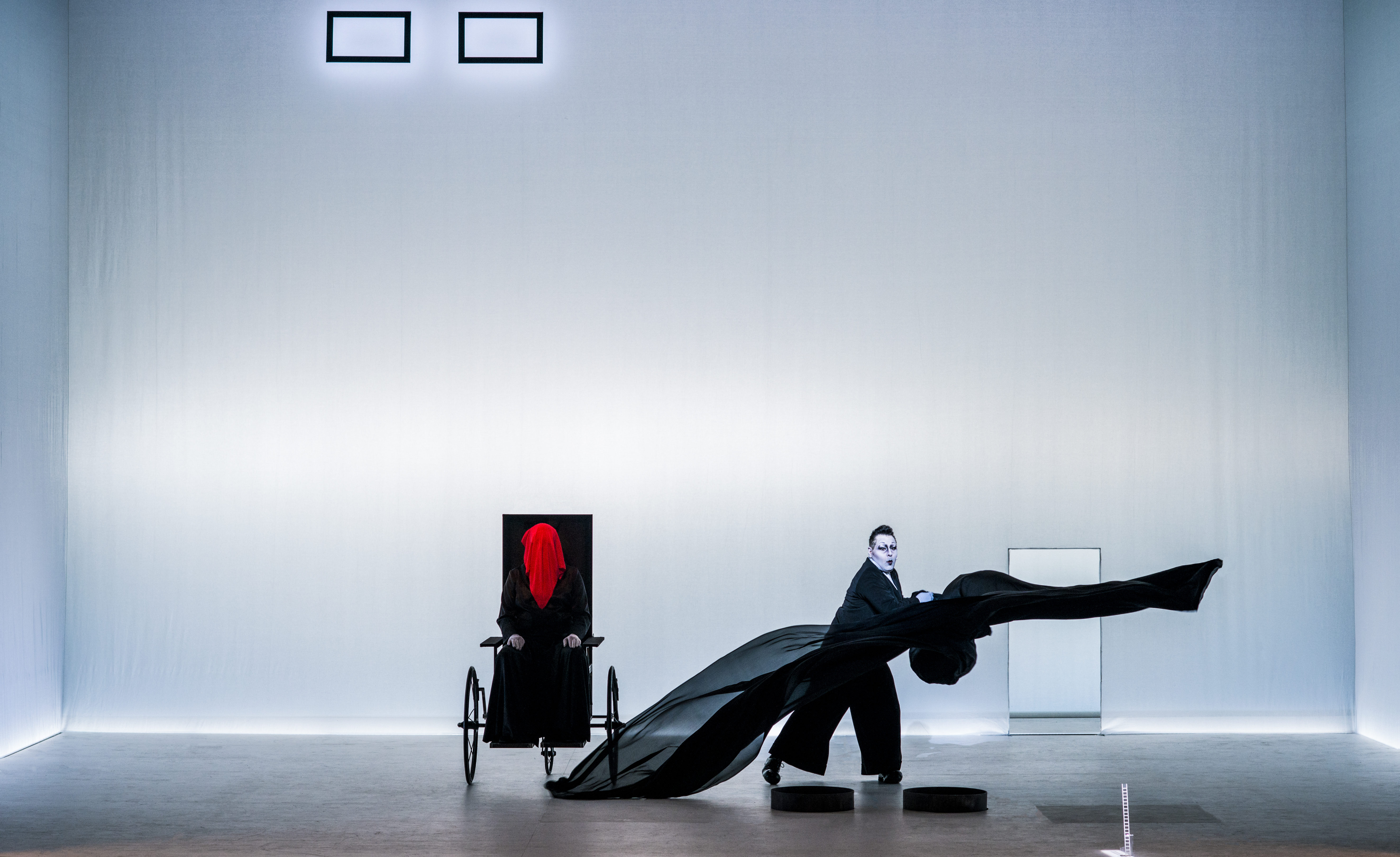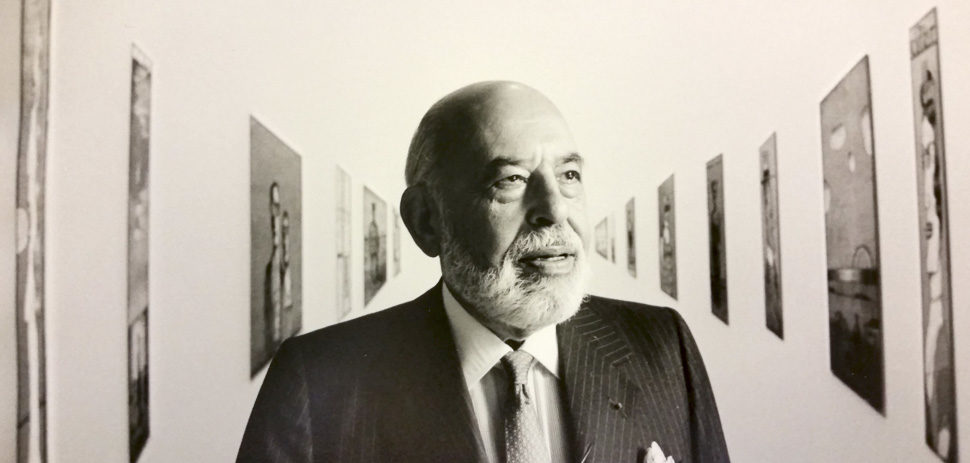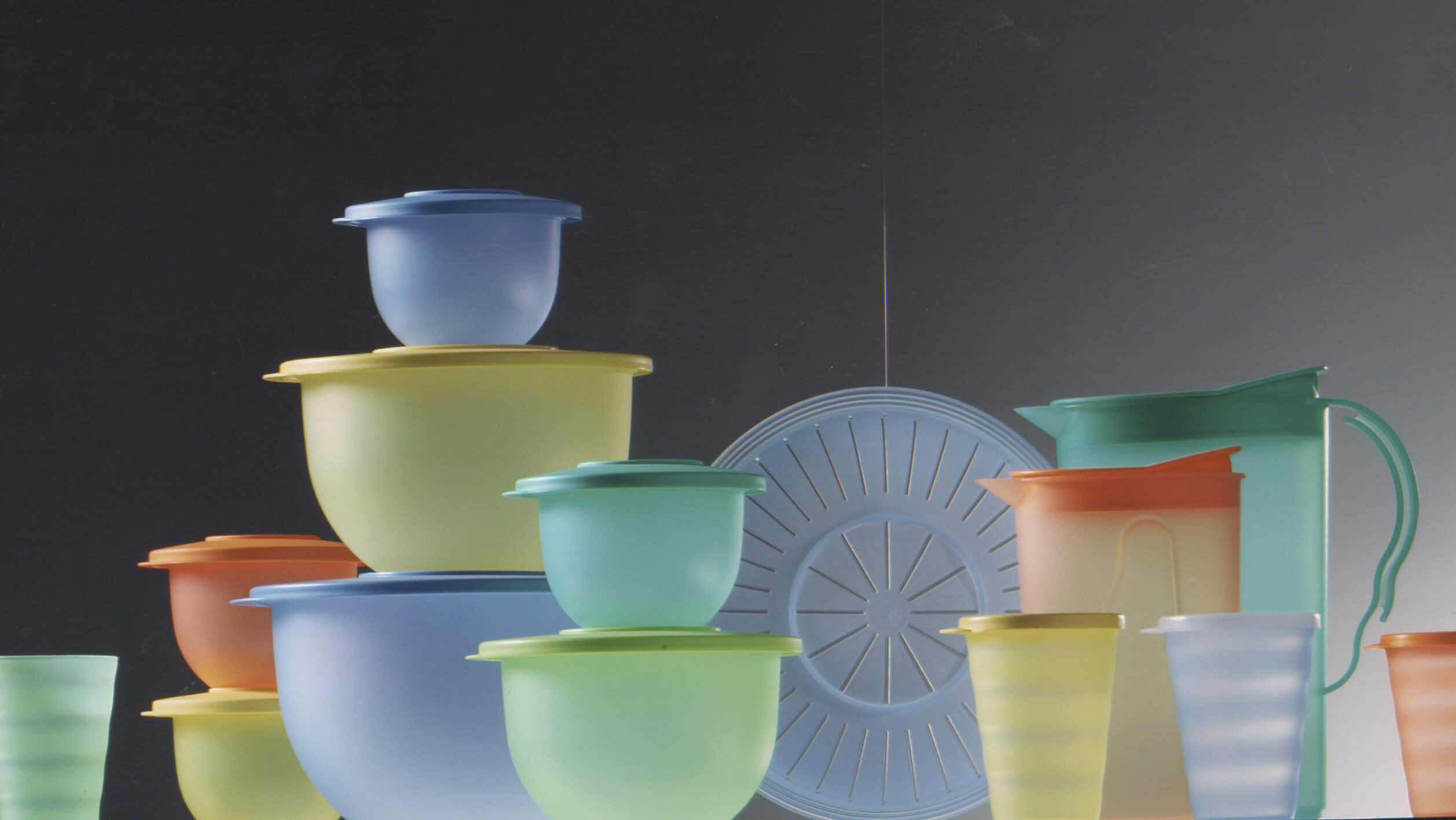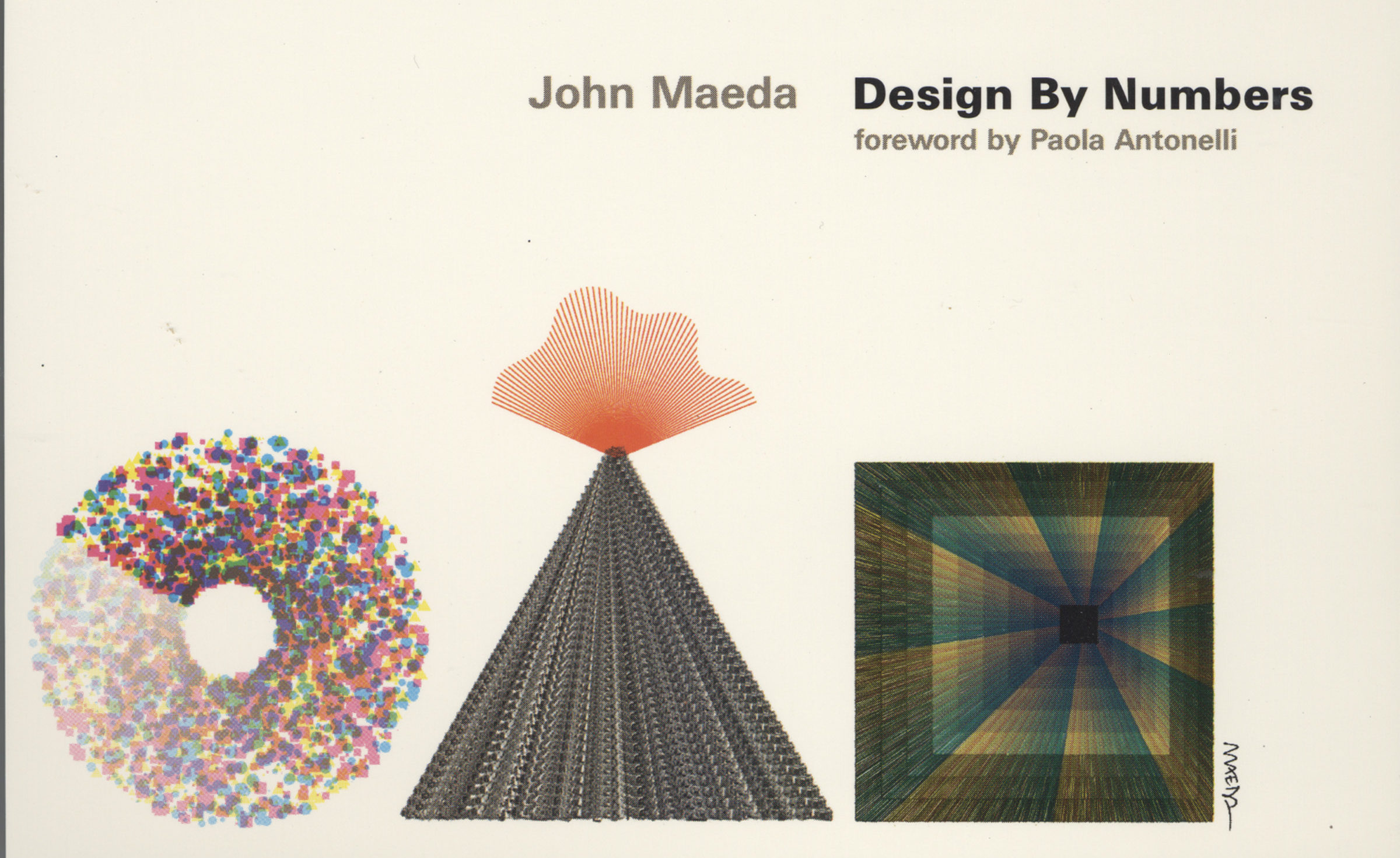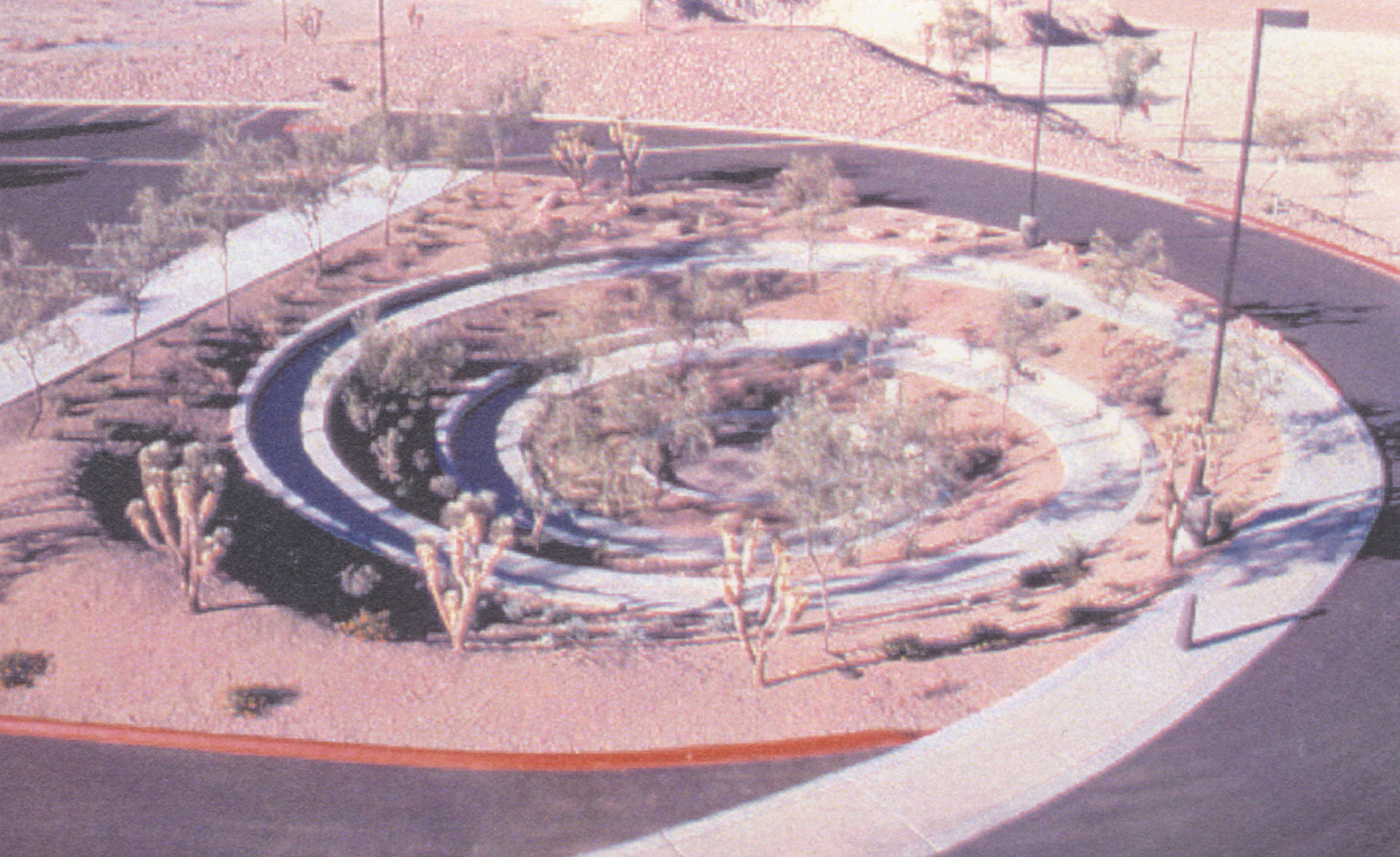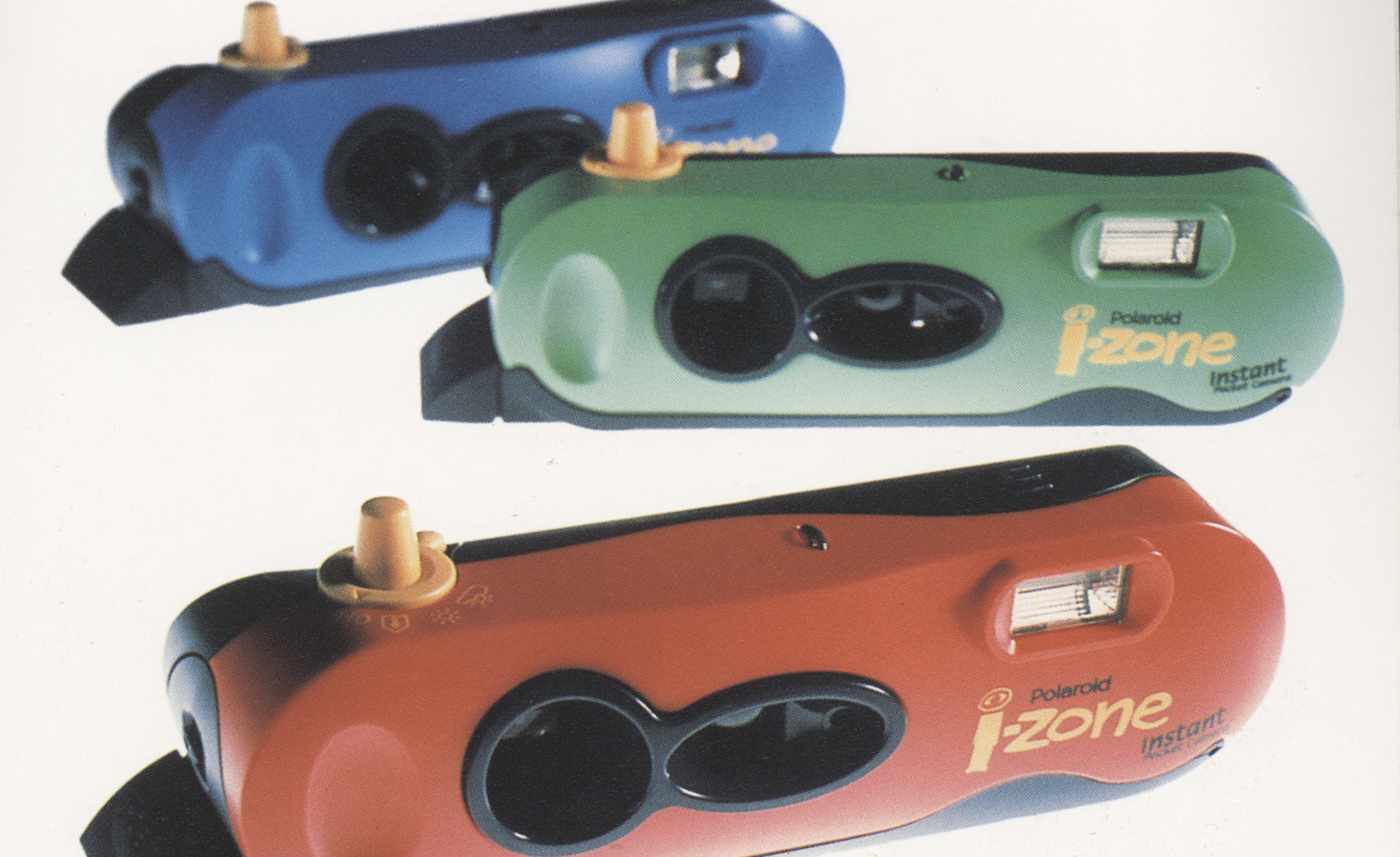2001 National Design Award Winners

Celebrate design
The National Design Awards program celebrates design as a vital humanistic tool in shaping the world, and seeks to increase national awareness of design by educating the public and promoting excellence, innovation, and lasting achievement.
Robert Wilson
Design poet Robert Wilson defies easy categorization. He explores the human experience often in provocatively enigmatic ways. Over his thirty-year career, his brilliant approach to theater, dance, set design, installations, architecture, and furniture has raised the standards of creativity in all those fields—and beyond. His influential body of work ranges from the 1971 Deafman Glance and 1976 Einstein on the Beach to the more recent collaboration with Lou Reed titled POEtry. Fascinated by questions of space and time, he describes space as horizontal, time as vertical, and the intersection of the two as “the architecture of everything.” The bold magic of Wilson’s sets are achieved through refined craft and great technical complexity. His famed Watermill Center, founded in 1992 on eastern Long Island, is a multidisciplinary laboratory that spawns new work in the arts and lures distinguished artists and aspiring protégés alike from around the world.
Stanley Marcus
Stanley Marcus is chairman emeritus of Neiman Marcus. Often dubbed the “Merchant Prince” of Texas, Marcus is best known for building his family’s Dallas store into an international icon of luxury and service. A noted collector, award-winning journalist, and dedicated architecture patron, Marcus honed his discriminating taste as he “shopped” the world—and he used all his discoveries to make Neiman Marcus the remarkable pace-setting institution it became.
Tupperware
In 1942, Earl Silas Tupper produced the first flexible plastic container, a product that would become the foundation of a billion dollar global enterprise. Few companies have both saturated the marketplace and lined the shelves of major museums worldwide. Tupperware’s ethos is firmly rooted in Tupper’s quest to create products that married traditional American values of thrift with the new informal lifestyle of the postwar years. Tupper’s legacy of innovation has continued in lines such as the Premium Collection, featuring containers that open from the bottom to allow a “first-in, first-out” system of food storage, and the Instant Seal, which closes with a simple push on the center of the lid and is designed to meet the needs of the aging. Over the past sixty years, Tupperware’s success has stemmed not only from its design aesthetic but also from its strong brand position and the company’s unique kind of grassroots entrepreneurship – the Tupperware party.
Peter Eisenman
Peter Eisenman, architecture’s chief intellectual since the 1960s, has applied contemporary philosophy to his own field and transformed his architecture into an art form that probes human experience. Since founding the Institute for Architecture and Urban Studies in 1967, Eisenman has sought to infuse architecture with leading ideas from other fields, from literary theory to economics, in order to give it a meaning beyond form and function. Although never intentionally beautiful, his buildings nevertheless dazzle. His major public commissions include the Wexner Center for the Visual Arts in Columbus, Ohio (1989) and the University of Cincinnati’s Aronoff Center for Design and Art (1996). More recent projects are a new multipurpose sports stadium in Arizona and a holocaust memorial in Berlin. Largely because of Eisenman’s work, writings, and teachings, the architectural field now values theory as an integral element of good design—a valuation that has influenced architects and the expectations of their clients.
John Maeda
Merging art and computer science, John Maeda investigates the physical manifestations of digital data. Whether designing innovative digital calendars and game patterns or creating digital echoes of real world behaviors, Maeda exerts extraordinary control over his design process by creating his own computer code instead of simply manipulating programs off the shelf. More than simply marking time, his colorful digital clocks and calendars for Shiseido seem to animate more poetic qualities of time’s passage and seasonal change. Juxtaposing analog memories with the increasingly digital present, Maeda’s Tap, Type, Write matches the sound of a manual typewriter with a dance of pixilated letters across the computer screen. His animated designs come alive as scrambled pixels swirl and freeze, intriguing us with their delicacy. More recent explorations of interactive products include a Chameleon chair that changes color and a coffee table embedded with constellations of tiny lights that cluster around objects placed on its surface.
Julie Bargmann Of D.I.R.T. studio
Julie Bargmann teaches community leaders to see their ravaged industrial sites in new ways—to claim, accept, and even celebrate their history, to boldly tackle their problems, and to have faith in their future. Trained as a sculptor and landscape architect, Bargmann collaborates with scientists, ecologists, architects, artists, engineers, and historians to create new public spaces out of abandoned sites. She founded D.I.R.T. studio in 1992. Based in Charlottesville, Virginia, the firm is guided by Bargmann’s belief that “waste is the design fodder of the future.” She shares her methods, based on mapping patterns of waste flow and then working with natural elements to clean them, with her landscape architecture students at University of Virginia. Inherently longterm, her active projects include revitalization of landscape damaged by coal mining in Vintondale, Pennsylvania, and the transformation of the once polluted Rouge River into the site of a “green” assembly plant for Ford Motor Company in Dearborn, Michigan.
David Kelley & IDEO
David Kelley may be the prototype for the twenty-first-century Renaissance man. With IDEO, the international design and engineering consultancy he founded in 1991, Kelley has cultivated a multidisciplinary hothouse, just at the moment when design demands new hybrids of expertise. Sought after by Fortune 500 companies around the world, IDEO generates more than its share of cool products, including the Palm V, the Leap Chair, and the Polaroid I-Zone. Research and prototyping are the keys to IDEO’s process. IDEO’s designers, cultural anthropologists, and cognitive psychologists work together to create solutions consumers can use. They pride themselves on making an art out of innovation. Under Kelley’s chairmanship the company is reinventing itself and expanding its role far beyond traditional design. IDEO now participates in the full life-cycle of its products by being an active stakeholder with equity in their sales.
